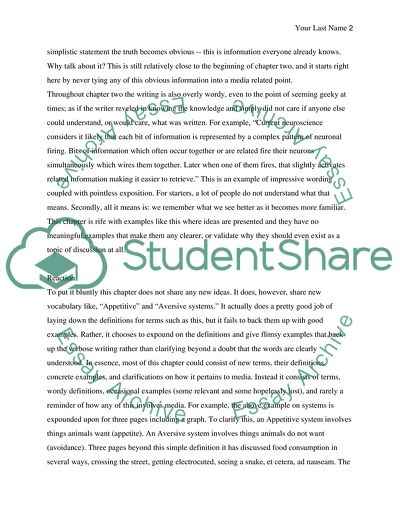Critique about the reading Essay Example | Topics and Well Written Essays - 500 words. Retrieved from https://studentshare.org/journalism-communication/1581551-critique-about-the-reading
Critique about the Reading Essay Example | Topics and Well Written Essays - 500 Words. https://studentshare.org/journalism-communication/1581551-critique-about-the-reading.


